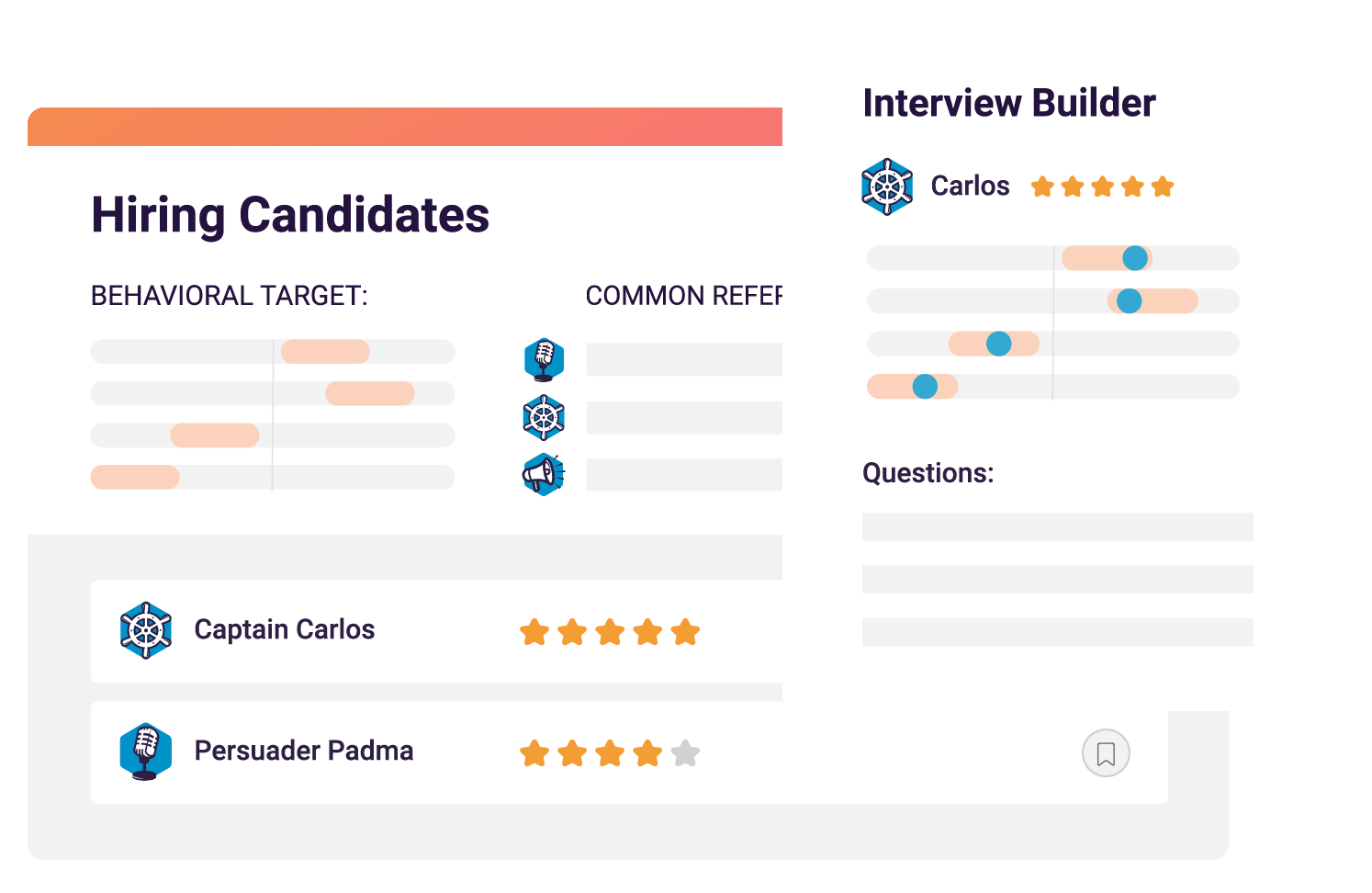Managing up can often feel like navigating a river’s current: It’s a lot harder to row upstream than down. Yet the ability to manage up effectively is a critical leadership skill, and a healthy aspect of any cohesive workplace.
As a middle manager or individual contributor, you may struggle to walk that tightrope. How can I respect the chain of command, yet ensure I’m heard? How do I push back on my manager when needed, without sacrificing our working relationship?
These situations, while tricky, can be tackled with the right behavioral awareness. Let’s look at three common challenges associated with managing up, and how PI Inspire tools can help:
Challenge #1: the power dynamic
You can’t talk about managing up without acknowledging the power dynamic. Unless your organization is completely flat and everyone acts with total autonomy, there will be those who lead and those who follow.
For most, that’s the nature of work! But that doesn’t mean followers won’t have opportunities to lead or make important decisions. What’s crucial, then, is to understand when to assume that responsibility. And that starts by:
- Knowing the different stakeholders involved
- Understanding your own role and expertise
- Having the awareness to push and pull back accordingly
Say you’re a web developer on a cross-functional team. If your manager makes a decision that you know may harm the integrity of your website, you should feel empowered to speak up and talk that decision through. Even if you don’t reverse course, you’ll better understand the decision so you can commit to it.
PI tip: This awareness also applies to your behavioral style. Don’t be afraid to lean into your PI Reference Profile, especially when you serve to “balance out” the rest of your team. Are you a Specialist on a team of Mavericks? Your tendency to assess data and anticipate risk can be a boon to a group that innovates quickly and occasionally throws caution to the wind.

Challenge #2: the anxiety of managing up
Another factor at play is the initial discomfort or anxiety of managing up. Especially if you’re an individual contributor, managing up can be tough, simply because you may have never managed down. But that inexperience can produce a certain silver lining.
According to Dottie LaMark, Senior Learning Experience Designer at The Predictive Index, working with your manager often has less to do with authority, and more to do with normal, everyday empathy. As she explained, “You’re supporting your manager and making them look good.”
Supporting your manager doesn’t simply mean getting your work done. It means recognizing them as people, understanding what motivates them, and offering them a hand as they do for you. Not only is this key to building a good relationship—it also helps you achieve your own goals.
“Ask yourself: ‘What are the things I can do to support my manager’s needs?’” said LaMark. “‘How do I let them know I’m in their corner, so down the road I’ll have a champion on my side when I need one?’”
PI tip: PI’s Relationship Guide can help you identify these behavioral needs. Provided both you and your manager have completed the PI Behavioral Assessment™, you’ll be able to walk through the strengths and cautions of your working relationship, as well as valuable tips.
Consider the Specialist with a Maverick boss. With the Relationship Guide, you may learn your manager values your ability to translate big-picture ideas into specifics. So, next time you have a 1-on-1 or team meeting, you could play to this strength by offering to track deliverables.
>> Want to learn more about PI’s Relationship Guide? See how it works.

Challenge #3: the wrong shoe size
Behavioral awareness is more than a “nice to have.” As LaMark put it, “These aren’t preferences—they’re needs.” By ignoring those needs, you miss out on the ability to communicate critically with your boss and manage up effectively.
“You’d think it’d be fair to manage everyone the same way,” LaMark continued. “But that’s like giving everyone the exact same shoe size. On the face of it, it seems fair, but obviously it’s not. Not everyone has the same size feet!”
How does your manager like to receive information? Do they enjoy talking face to face, or do they prefer getting updates via email or Slack? The better you understand the factors that drive workplace behavior, the easier it becomes to tailor your work style to your manager’s needs—and meet them halfway on major decisions.
Say your boss has high extraversion and enjoys talking things out. It may be easier to work toward a desired outcome by scheduling a quick meeting with them. But that’s not the right approach for all managers.
According to LaMark: “You can always tell who’s a ‘high-B,’ because a lot of times they have candy at their desk. It’s really just bait to get people to stop by and chat! Not everyone wants that.”
PI tip: Download your manager’s PI Placard and use it as a quick reference. For each of the four factors, review whether your boss is “high” or “low” relative to the midpoint. Make sure you keep each of these factors in mind during your daily interactions.
For example, if your manager is high-dominance and low-patience, try to be direct. Get right to the point and focus on outcomes or results that matter to them. (If you’ve read up on PI factor combinations, here’s a handy scorecard you can use to track your relationship progress with your manager.)
Manage up with confidence.
Employee-manager relationships are delicate, and managing up will always be a balancing act. As you continue your personal and career development, keep these tips in mind. Also consider using them when communicating with other higher-ups in your organization.
By keeping behavioral awareness in mind, you can ensure you’re approaching your superiors with openness, empathy, and honesty. The trust you build along the way will prove instrumental in furthering not just their goals, but your own.









